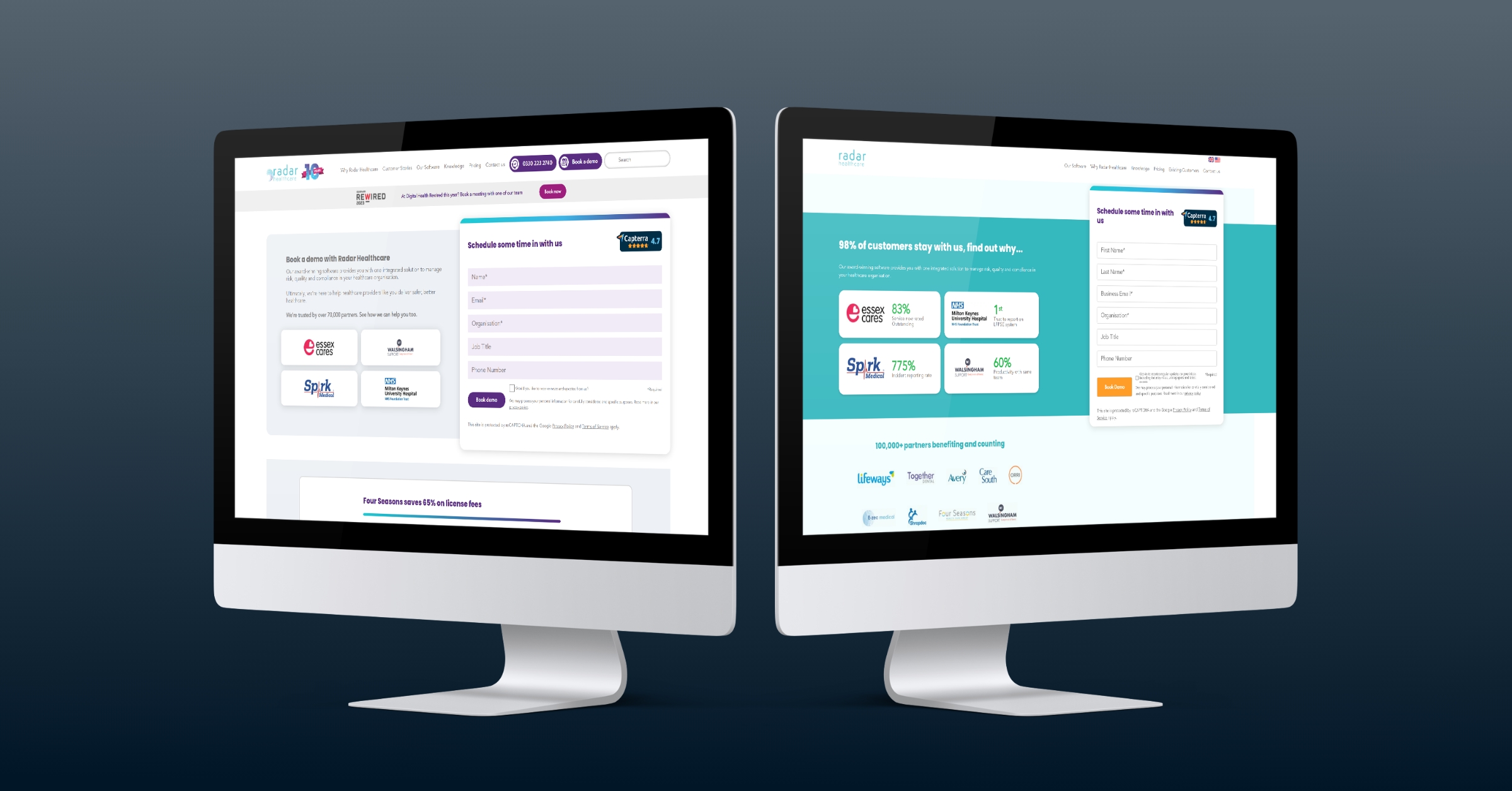You’ve invested in SEO, you’re running paid campaigns, and your traffic is growing, but conversions? Not so much.
It’s a familiar story that we hear from businesses all the time.
In 2025, it’s not enough to attract visitors, you need to efficiently convert them. That’s where CRO (conversion rate optimisation) comes in, and unfortunately, many businesses are still getting the basics wrong.
Here are the five most common CRO mistakes businesses are still making, and how to fix them.
1. Too much focus on traffic, not enough on UX
It’s tempting to think that more visitors = more customers. But if your site isn’t built to convert, you’re essentially wasting money.
Reality check: It’s usually cheaper to double your conversion rate than to double your traffic.
The fix: Before scaling traffic, optimise what you have. Review your user journey - are people leaving after 10 seconds? Are they confused about the next step? Heatmaps, user session recordings and basic analytics can tell you a lot about what people are loving and hating about your site.
2. Unclear CTAs and messaging
You’ve got a beautifully designed homepage, but what does your business actually do? And what’s the user supposed to do next?
Too many websites try to be clever with headlines or bury their key CTA halfway down the page.
The fix:
- Make your unique value proposition crystal clear above the fold.
- Use direct, benefit-driven CTA buttons like ‘Get a Free Quote’ or ‘Book a Demo’ instead of vague ones like ‘Learn More’.
- Remove distractions - one primary CTA per page is usually enough.
3. Poor mobile experience
In 2025 mobile traffic makes up over 70% of UK website visits and users won’t wait around for a slow or ‘broken’ site.
Many businesses still build ‘desktop-first’ and assume responsiveness will just fall into place.
The fix:
- Run your site through Google’s PageSpeed Insights and Lighthouse audits.
- Optimise mobile load times (especially for image-heavy or eCommerce sites).
- Use tap-friendly buttons and forms - if users have to pinch-zoom or scroll sideways, you’re losing them.
4. Generic forms and weak trust signals
Your user is ready to enquire, but they’re hit with a 12-field form asking everything from their birthday to their company’s tax code.
Or worse, they’re hesitant because there’s no proof you’re legit.
The fix:
- Only ask for what you truly need. Fewer fields = higher completion rates.
- Add trust signals like:
- Client logos
- Testimonials or reviews
- Privacy assurances (especially important with GDPR)
- SSL and payment security badges (if relevant)
5. Not testing … or testing the wrong things
Some businesses don’t test at all. Others run A/B tests on button colours while ignoring bigger issues like confusing navigation or poor messaging.
CRO isn’t guesswork. It’s strategic experimentation and continuous learning.
The fix:
- Start with high-impact areas: homepages, landing pages, contact forms, product pages.
- Use tools like Google Optimize (while it's still supported), Convert or VWO.
- Don’t just test visuals, test value propositions, headlines, layouts and offers.
The takeaway: Conversion wins compound
CRO isn’t a one-time project, it needs to be an ongoing mindset. Small improvements in user experience, trust and clarity can dramatically increase your return on every marketing pound you spend.
Want to know if your site is costing you leads?
We offer free CRO audits for UK businesses. No hard sell, just honest feedback you can act on.
Book your audit now or get in touch and let’s start turning your traffic into revenue.












